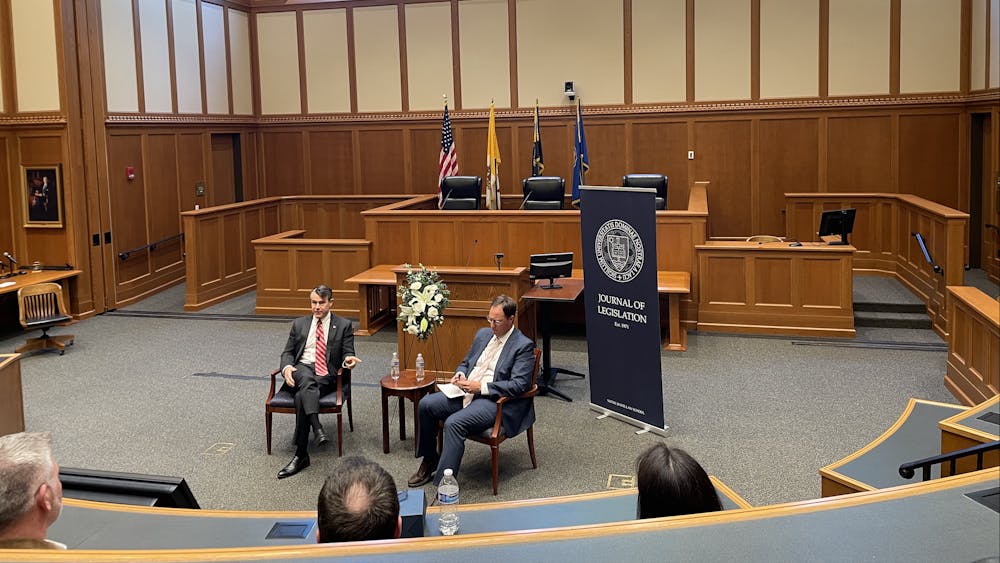Vaccines are arguably one of the most important lines of defense against the spread of influenza, a common seasonal virus that can have uncommonly nasty effects in elderly individuals with compromised immune systems.
Contrary to conventional wisdom, however, a recent study by assistant professor of biological science Benjamin Ridenhour found that in a comprehensive analysis of people ages 65 and over, the influenza vaccine was only about 20 percent effective, underscoring the need for better flu vaccines.

Previous studies by researchers in the field focused on different age groups for determining the effectiveness of the influenza vaccine, and extrapolation led to an overstatement of the usefulness of the annual influenza vaccines in the elderly population, Ridenhour said. Individuals from this age group account for most of the roughly 25,000 people who die each year from influenza in the United States alone, Ridenhour said.
"Normally the influenza vaccine - going with what the party line is - is about 60 percent effective, which is not great but definitely better than nothing," Ridenhour said. "One of the big issues there is that this 60 percent number has come from studies of people that are between the ages of 20 and 65, and less than five.
"So there are two age groups that we haven't done a lot of studies on: one of those age groups is the elderly, 65 and over, and the other is the intermediate five to 18 year-old age group. There's more concern for the elderly group because these are the people that die from flu."
Ridenhour's novel findings hinged on access to a comprehensive, centralized database of health records from Ontario, Canada that also recorded all vaccinations received by individuals, he said, unlike the largely undocumented vaccination process in the United States.
"It turned out that going to Ontario was great because we had data as far back as 1993, so we had approximately 15 years of data that we looked at," he said. "It encompassed all the elderly individuals in Ontario, so that's a really nice facet of the study - you don't have to worry about selecting a special sub-population, we got everybody."
Ridenhour said the low level of flu vaccine success in the elderly population that emerged from the data demonstrates how urgently improvement in the vaccine is needed. Part of his current research efforts focuses on strategies for developing a vaccine that would protect against the actual strain of influenza confronted by population, instead of an across-the-board estimated strain.

"There are ways that you can predict the future and improve vaccine effectiveness," he said. "Part of it has to do with where you pick your vaccine strains from because of the way flu circulates around the globe. If you pick your vaccine strains from different places they represent different snapshots in time, so if you pick from the right places you can predict what it will be the next time.
"Doing that, you can actually come up with some of these strategies where you can produce two to three alternative vaccines that have multiple strains in them and you can produce higher vaccine effectiveness in the population as a whole by doing that."
Aside from researching development strategies for an improved vaccine, Ridenhour's next step will be to investigate the environmental factors that play a key role in the spread of influenza, he said.
"Right now our focus is going to stay in Canada, and we're going to try and take the data we have and look at other factors that might be causing illness," he said. "The effects of the environment are much less studied. It's hard at the basic level to figure out how effective a vaccine is. Adding in other complicated factors, such as environmental ones, makes it even more difficult. But we have this great data set that we can actually do this with."
In the meantime, the best way to improve the effectiveness of the influenza vaccine is to improve coverage and have more people vaccinated, Ridenhour said.
Typically only 30 to 40 percent of Americans go out and get vaccinated each year, which allows the flu to circulate more freely in the population.
"Despite low effectiveness numbers, everybody should definitely go out and get vaccinated," Ridenhour said.












